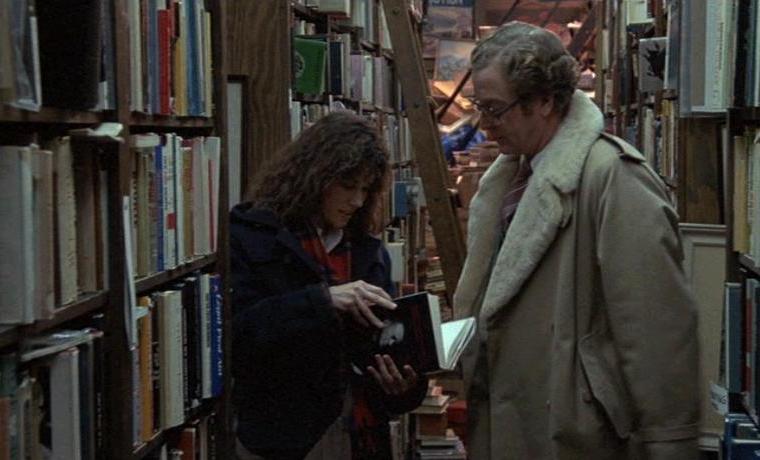| Academy Award Nominations and Winners: |
| Best Picture |
| Best Director: Woody Allen |
| ★ | Best Supporting Actress: Dianne Wiest |
| ★ | Best Supporting Actor: Michael Caine |
| ★ | Best Original Screenplay: Woody Allen |
| Best Art Direction: Stuart Wurtzel; Carol Joffe |
| Best Film Editing: Susan E. Morse |
|
| Golden Globe Nominations and Winners: |
| ★ | Best Picture (Musical/Comedy) |
| Best Director: Woody Allen |
| Best Supporting Actress: Dianne Wiest |
| Best Supporting Actor: Michael Caine |
| Best Screenplay: Woody Allen |
|
| Other Awards: |
| Writers Guild of America: Best Original Screenplay |
| New York Film Critics Circle: Best Picture; Best Director; Best Supporting Actress (Wiest) |
| Los Angeles Film Critics Association: Best Picture; Best Supporting Actress (Wiest; tie); Best Screenplay |
| National Society of Film Critics: Best Supporting Actress (Wiest) |
| Boston Society of Film Critics: Best Supporting Actress (Wiest); Best Screenplay |
| National Board of Review: Best Director; Best Supporting Actress (Wiest) |
| British Academy Awards (BAFTAs): Best Director; Best Original Screenplay |



